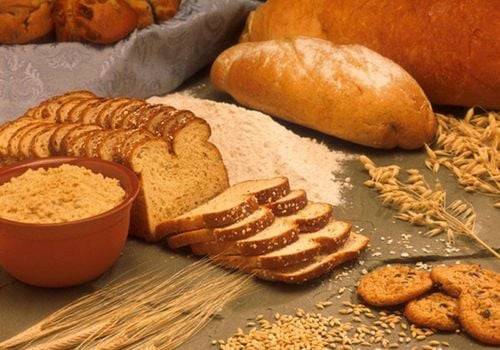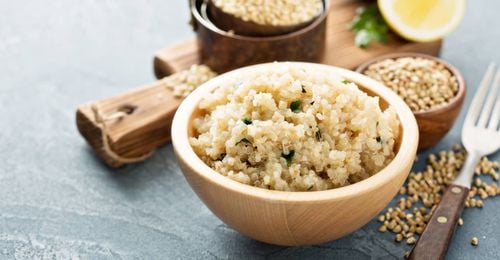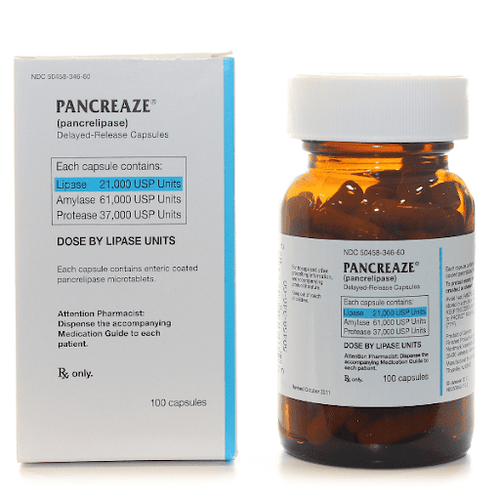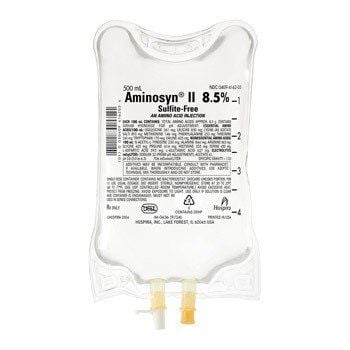This is an automatically translated article.
While you may have never heard of sorghum seeds before, this grain has been around for centuries. These nuts are rich in nutrients and easy to add to your diet, but the value of sorghum seeds doesn't stop there. Sorghum seeds are also widely used as a natural and cost-effective source of fuel.
1. Sorghum grain
Sorghum, an ancient grain of the grass family Poaceae. Sorghum seeds are small, round and usually white or yellow in color - although some varieties can produce red, brown, black or purple sorghum seeds.
There are many species of sorghum, the most common being Sorghum bicolor, which is native to Africa. In addition, there are sorghum nuts native to Australia, India and other Southeast Asian countries.
Although sorghum grain is little known in the Western world, it is the fifth most produced cereal crop in the world, with a fairly high annual production of around 57.6 million tons. Farmers prefer this crop due to its tolerance to drought, heat and varying soil conditions.
In North America, sorghum seeds are commonly used in the production and processing of animal feed and ethanol fuel production. This, in turn, indicates a growing interest in its use as human food, thanks to its impressive nutritional profile.
In its whole grain form, sorghum seeds can be cooked like quinoa or rice, ground into flour, or made popcorn. It is also converted into a syrup used to sweeten many processed foods.
2. Nutritional composition of sorghum seeds
96 grams of uncooked sorghum seeds provide:
Calories: 316 Protein: 10 grams Fat: 3 grams Carbohydrates: 69 grams Fiber: 6 grams Vitamin B1 (thiamine): 26% of the Daily Value (DV) ) Vitamin B2 (riboflavin): 7% DV Vitamin B5 (pantothenic acid): 7% DV Vitamin B6: 25% DV Copper: 30% DV Iron: 18% DV Magnesium: 37% DV Phosphorus: 22% DV Potassium: 7 % DV Zinc: 14% DV Furthermore, sorghum seeds are rich in essential nutrients, including B vitamins, which play an essential role in the body's metabolism, and at the same time promote healthy growth. nerve growth and skin and hair health. At the same time, sorghum is also a rich source of magnesium, a mineral important for bone formation, heart health and more than 600 biochemical reactions in your body, such as energy production and metabolism. protein chemistry.
In addition, sorghum seeds are high in antioxidants such as flavonoids, phenolic acids and tannins. The effect of sorghum seeds on this antioxidant-rich diet can reduce oxidative stress and inflammation in your body.
Furthermore, 96 grams of sorghum provide about 20% of the recommended daily fiber intake. A diet rich in fiber promotes gut health, stabilizes your blood sugar and aids in weight management.
Finally, this seed is a great source of protein. In fact, it provides as much protein as quinoa, a grain known for its high protein content.
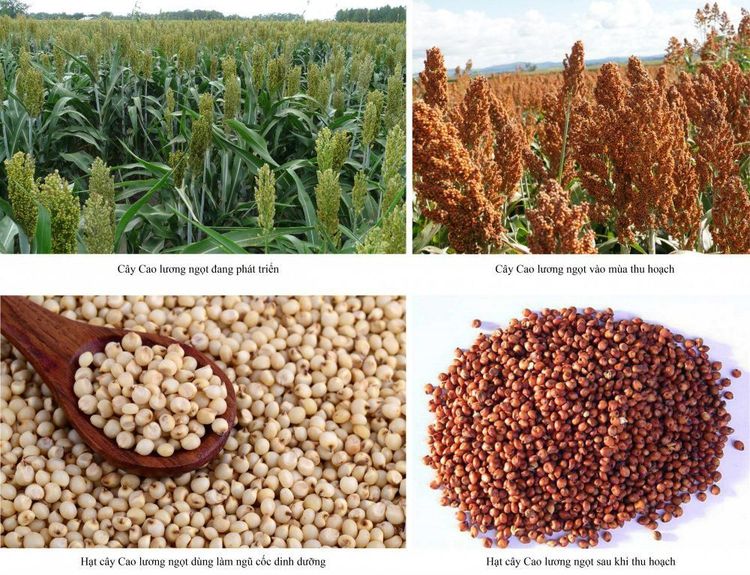
Cao lương thuộc nhóm ngũ cốc giàu dinh dưỡng
3. Use sorghum seeds as a gluten-free grain option
Gluten, a group of proteins found in some grains that help give structure and quality to food products. With more and more people avoiding it for health reasons like celiac disease or non-celiac gluten sensitivity, the demand for gluten-free products is on the rise.
For those looking for a gluten-free cereal, sorghum seeds are seen as a super healthy option. In general, you can substitute gluten-free flour for sorghum in baked goods like bread, cookies, or other desserts. Plus, you can use whole grains to create hearty meals full of nutrients.
From the foregoing, it is clear that products containing sorghum may be manufactured in facilities that manufacture gluten-containing products. Therefore, be sure to check labels to make sure they're made in a gluten-free facility.
4. Sorghum syrup
Syrup is widely used as a sweetener in the food industry. Molasses and sorghum syrup are both thick and dark brown, but they are processed differently. Although both sago syrup and molasses are derived from the grass family Poaceae, the former comes from the juice of the sago plant, while the latter is derived from sugarcane. Sorghum syrup is lower in total sugar but higher in fructose, making it sweeter than molasses.
In recipes that call for molasses, you can usually substitute it with sorghum syrup in a 1:1 ratio. If you find it too sweet, use a little less or add more liquid.
However, since most people consume too much sugar, remember to consume high-sugar products in moderation.
Sorghum is known as a grain that contains many nutrients that you can use in many ways. The nutritional composition of sorghum seeds is quite rich in vitamins and minerals such as B vitamins, magnesium, potassium, phosphorus, iron and zinc. Sorghum seeds are also an excellent source of fiber, antioxidants, and protein. What's more, it's easy to replace rice or quinoa with whole grain sorghum in most recipes. For a nutritious snack, try putting whole grains on the stove to make popcorn. Or, you can also use sorghum flour as a gluten-free substitute for other flours. If you're looking for a nutritious cereal to add to your next meal, try using sorghum seeds.
Please dial HOTLINE for more information or register for an appointment HERE. Download MyVinmec app to make appointments faster and to manage your bookings easily.
Reference source: healthline.com




